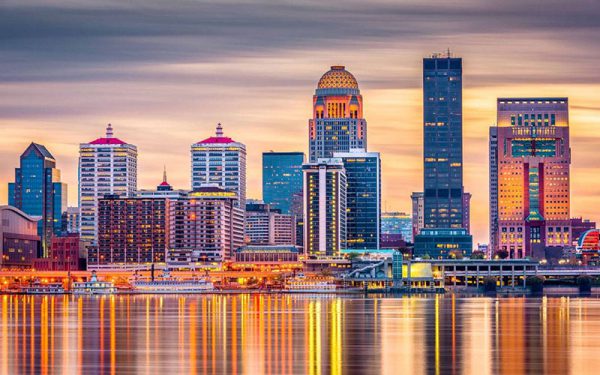Once upon a time, in the vast, bustling land of Cyberspace, data packets journeyed from all corners of the digital world to deliver messages, stream videos, and connect people. It was a harmonious place—or so it seemed. Behind the scenes, the backbone of the internet was tangled in a drama of mismatched priorities, growing demands, and a lack of cooperation.
The Network Neighborhood
In the heart of Cyberspace lay a small Network Neighborhood, home to major players like BigPipe Inc., StreamFast, CloudBreeze, and a local hero, CommunityNet. Each ran a network that connected users to the World Wide Web. The networks were interdependent, exchanging data through vast highways called interconnection points.
But lately, trouble had been brewing. BigPipe’s servers were overwhelmed, StreamFast wanted to prioritize video traffic, and CloudBreeze’s demands were straining the interconnection points. CommunityNet, always advocating for equal treatment, felt frustrated. The networks rarely spoke directly, and their lack of communication was causing delays—slowing the speed of streaming, dropping video calls, and infuriating users.
The Council of Peering
As Thanksgiving approached, Old Router, the wise and ancient hub that connected the networks, decided to call a Council of Peering. This was a rare event when networks came together to negotiate better interconnection terms. Old Router spoke first, its voice crackling like an audio buffer:
“Neighbors, the digital world depends on us. Users stream movies, share photos, and send messages of love. Yet our disputes are causing latency and packet loss. Let us sit together and make things right!”
The networks, hesitant but hopeful, gathered in a virtual meeting room.
The Great Debate
BigPipe argued, “I carry the most traffic. I deserve the largest share of bandwidth!”
StreamFast countered, “But my videos are what people watch most. I should get priority!”
CloudBreeze added, “Without my storage, nothing would reach users! I need more routes!”
CommunityNet, standing small but proud, said, “What about fairness? Everyone deserves equal access!”
The room grew heated as the networks hurled data-laden accusations at one another. Just as it seemed they would disconnect in anger, Old Router spoke again.
“Enough! The internet is like a Thanksgiving dinner. Each of you brings something to the table. But what is a feast without sharing and balance? If we work together, we can build peering agreements that ensure no one starves for bandwidth, and no packet gets left behind.”
The Thanksgiving Resolution
Moved by Old Router’s wisdom, the networks agreed to share responsibilities:
- BigPipe would upgrade its capacity to handle growing traffic demands.
- StreamFast agreed not to hoard bandwidth and committed to better load balancing.
- CloudBreeze promised to optimize its data centers to reduce congestion.
- CommunityNet, though small, offered creative solutions to improve routing efficiency.
They signed an agreement to maintain open lines of communication, monitor traffic flows, and support one another in times of digital crisis.
A Shared Feast
By Thanksgiving, the Network Neighborhood was transformed. Data packets flowed smoothly, users streamed movies without buffering, and messages reached loved ones instantly. Cyberspace hummed with the joy of interconnection. The networks had learned that cooperation and peering agreements weren’t just technical necessities—they were the spirit of the internet itself.
And so, every Thanksgiving since, the networks remember the tale of the Council of Peering and toast collaboration, connection, and the promise of a better, faster internet for all.
The End.





















